

Vacations are a fun, relaxing, and inspiring way to reconnect with yourself and your family, and give you a break from work and reality (even just for a few days). Road trips are a great way to bond with your family, make memories, and see some of the amazing sites the country has to offer.
However, road trips with a large family can be loud, chaotic, and even stressful without the right preparation. With many travelers taking to the roads this summer, here are a few best practices for taking a road trip with a large family, and tips for making them efficient, enjoyable, and less stressful.
10 tips for making a family road trip more bearable.
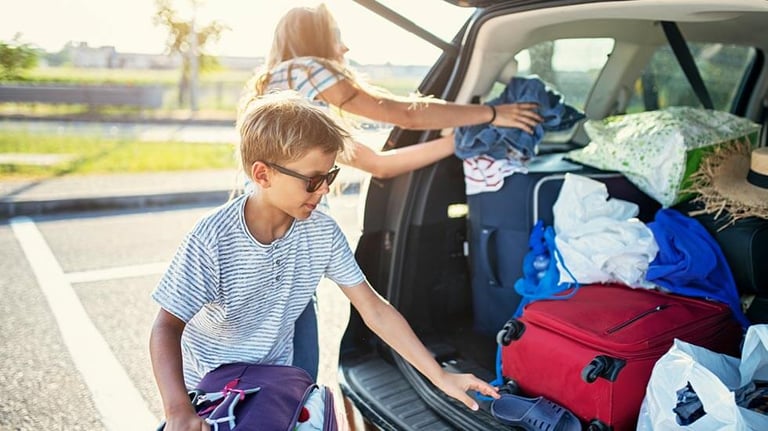
1. Roll with the punches
Whether you forgot your charger, there’s traffic on the highway, or you had to change hotel reservations last minute, staying calm and going with the flow can help make the trip more enjoyable for everyone. Keep challenges that arise in perspective, and try to focus on the positives of the trip.

2. Don't watch the clock
While time in a vehicle can seem never-ending, especially if it’s packed with a large family, counting down the time until you get to your destination may cause you to miss making memories in between.
Don’t miss a chance to stop at a random landmark or place for a few minutes of extra fun because you’re wanting to be at your destination at a specific time. A great benefit to road trips is the flexibility to make the trip what you want it to be.
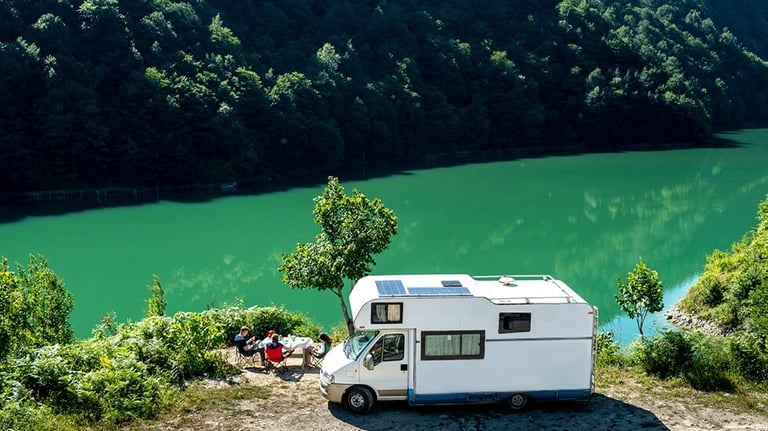
3. Set a realistic driving schedule
Depending on where you’re going, you may be spending many hours in the car. Setting a realistic schedule for when you’ll be driving and arriving at destinations can help prevent stress.
Before you leave, plan your route and note when you’ll be traveling through major cities. Avoid driving through these cities during rush hour so your trip isn’t slowed by traffic. If you can, try to plan for driving more at night to avoid traffic, construction, and other delays.
If you’ll need to make a stop overnight, be realistic about how far you can drive without sleep and plan your hotel stop in advance. Finally, don’t speed to get somewhere faster. Planning and creating a schedule beforehand gives you the opportunity to prepare for potential delays.
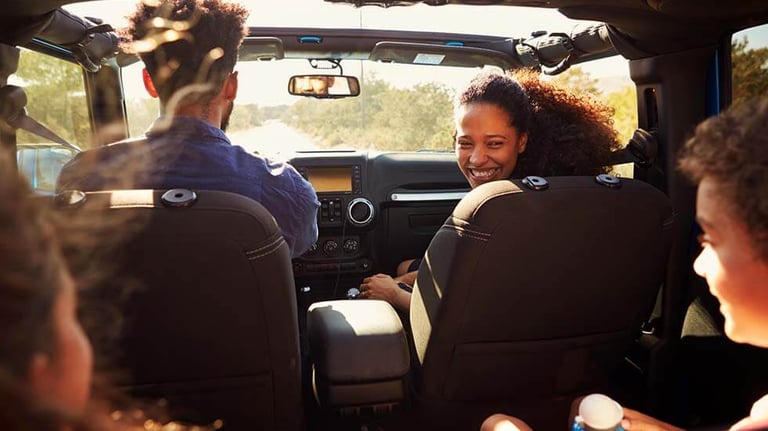
4. Be strategic about seating
Go about this in two different ways. First, if two siblings or kids tend to argue or pick on each other more than others, avoid seating them next to each other. Consider putting an adult in the back for periods of time throughout the trip to mediate.
Second, make sure all passengers are able to buckle up and ride safely, including adults in the back seat. Put toddlers in rear facing seats or shift car seats around to make sure everyone has the room they need. Bigger kids can be safe in high-backed booster seats. Additionally, keep children out of the front seat.
5. Keep things clean
Having a clutter-free car can help keep things calm and organized. Have a bin or bag designated for trash that gets tossed at each stop. Keep baby or cleaning wipes and paper towels easily accessible for spills and clean up. Also keep an extra bottle of hand soap or sanitizer for sticky hands or spills.
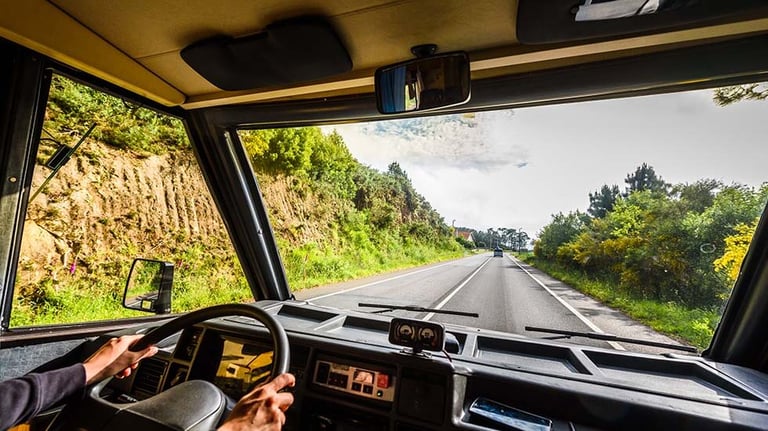
6. Separate kids and cargo
If you packed a lot of luggage, it can be difficult to squeeze it all in the trunk. However, having suitcases or other packed items up front and around children can lead to unpacked chaos, and it can take up valuable leg room. If you need to, consider a car-top luggage carrier or luggage rack on the back of the vehicle for extra storage.
Also keep in mind that heavy luggage should be put as far back in the vehicle as possible, and kept on the floor instead of on a seat. In the event of an accident, flying luggage can cause significant injury.

7. Plan frequent stops
Keep the harmony and avoid drowsy driving by planning regular stops throughout the trip. AAA recommends stopping every two hours or 100 miles, though if you’re on a roll and things are calm, you can push to three hours.
By giving everyone an opportunity to stretch, go to the bathroom, get a snack, and breathe some fresh air, it can help the rest of the trip go smoother.
If you can, stop at rest stops that have some grass or space for kids to get out some energy before getting back on the road. Also make sure everyone goes to the bathroom (even if they say they don’t have to go).

8. Switch up the activites
Screen time can be nice during a trip for short periods of time, but it’s important to keep the activities fresh to avoid boredom. Try drawing, reading, travel games, books on tape, or other forms of entertainment your family may like.
9. Don't skimp on the snacks
Snacking is a good way to pass the time, and it can prevent hunger from making you have to stop for food. Pack plenty of healthy snacks as well as snacks that will do well in a vehicle. Consider baby carrots, grapes, granola bars, trail mix, or fruit pouches. Keep the snacks in a plastic bin or cooler close to the passenger seat for easy access.
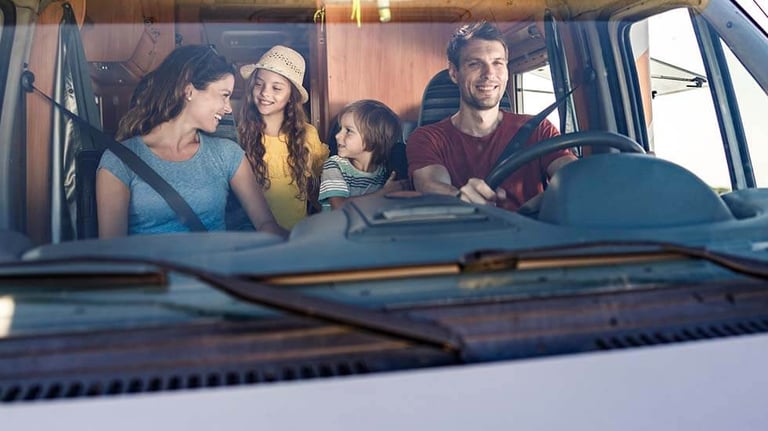
10. Be prepared for emergencies
There’s nothing like an unexpected emergency to put a damper on the trip. However, being prepared can help make the resolution quicker and easier. Some things to prepare and pack include:
- A roadside emergency kit
- First aid kit
- Large Zip-lock bags (for trash, sick, or soiled clothing)
- A list of emergency contact numbers
Also be sure to have your license, vehicle registration, and proof of insurance easily accessible. If you’re renting a car, also keep your rental agreement handy.
